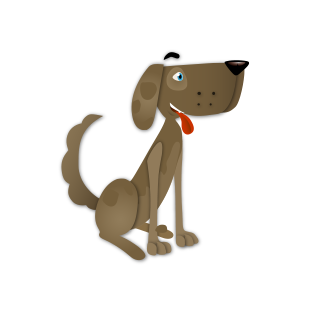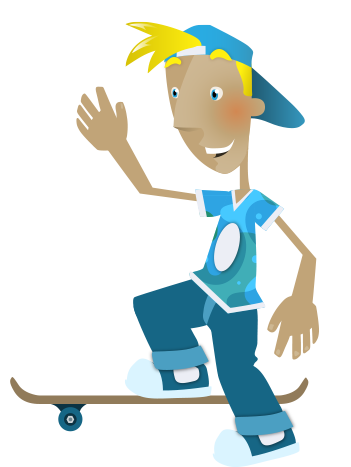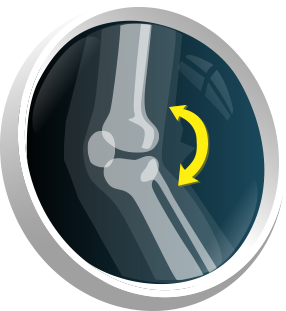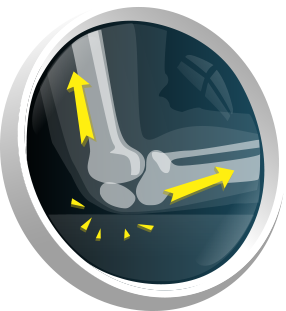
What is a human skeleton made of?

Tens of millions of years ago, early human primate ancestors moved around on four legs and had tails. They didn't walk like we do today, and kept their balance by moving their tails around. As time went on, early humans developed an ability to walk on only two legs, and no longer needed tails for balance. But the tailbone didn’t disappear from the human skeleton. Instead, it got so much shorter that it no longer stuck out from the body.
Today, each of us has a tailbone that is contained entirely within our body. Though the tailbone is smaller than it used to be, and no longer helps us to keep balance, it has developed other important uses. For example, many muscles in modern man’s back and hips are attached to this bone.
While the tailbone was shrinking, the thigh bone was growing in size and importance. As man developed legs and the ability to walk on only two legs, the thigh bone, also known as the femur, became the strongest, heaviest,
and longest bone in the body, extending from the hip to the knee.
What other kinds of changes has the skeleton undergone over millions of years of human existence? Today’s adult skeleton has 206 bones in a variety of shapes and sizes. How
did the skeleton look millions of years ago,
and how many bones did it contain? Scientists who work in the field of human paleobiomics specialize in seeking answers to these questions.




Bones give you
ENERGY
Bones have many good uses, including giving you the energy to skateboard. As you go whizzing down the street, the bones in your skeleton produce chemicals that influence the process by which you obtain and utilize energy.

Bones let you
MOVE
You use many bones to move your body when you skateboard, including bones in your legs, spine, and pelvis.

Bones let you
HEAR
“Slow down! You’re skateboarding too fast!” You depend on bones in your ears to hear your mother’s calls.

Bones provide
PROTECTION
What if you fall while you’re skateboarding? Even if you hit the ground hard, the bones in your skeleton form a protective shell around the brain, heart, lungs, and other important parts of your body.
Things you really should try.

Do you want to learn more about bones and teeth? Here are some easy experiments you can do on your own to find out what it’s like to be a scientist!
© 2014 Human Paleobiomics Hard Tissue Research Program by T.G. Bromage and F. Schrenk
© 2014 Human Paleobiomics Hard Tissue Research Program
Some related sites
Partners & Friends
+
+
+
+
+
+
+
+